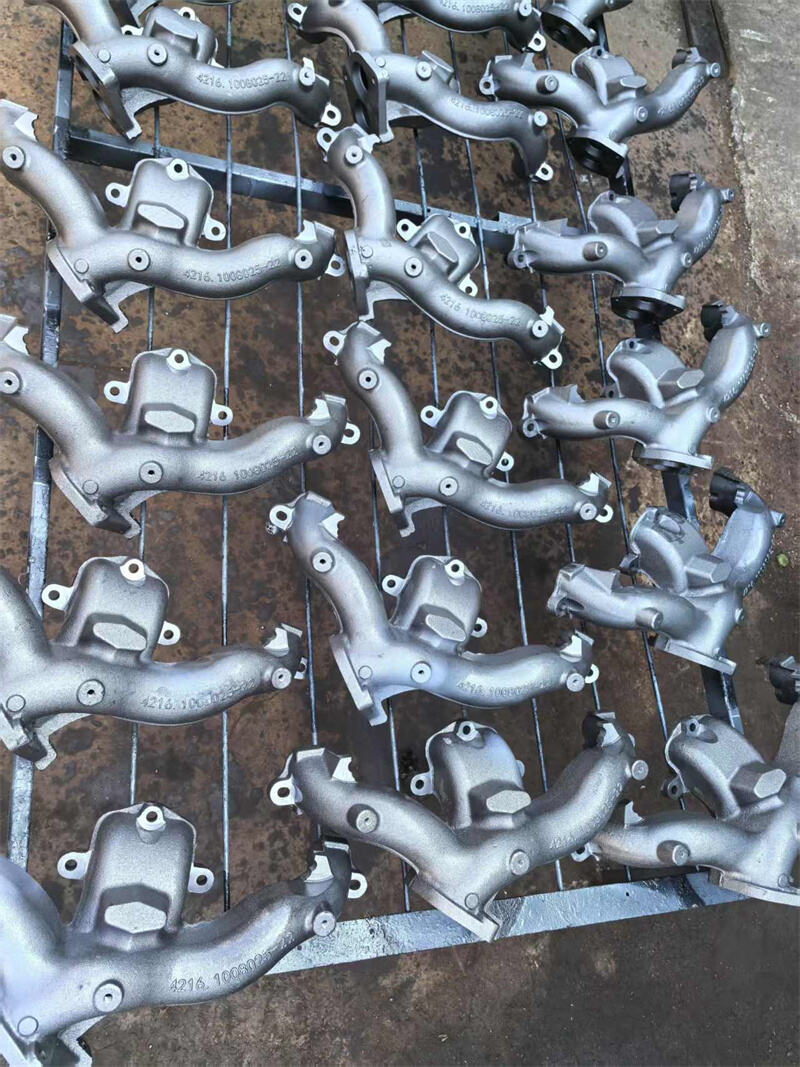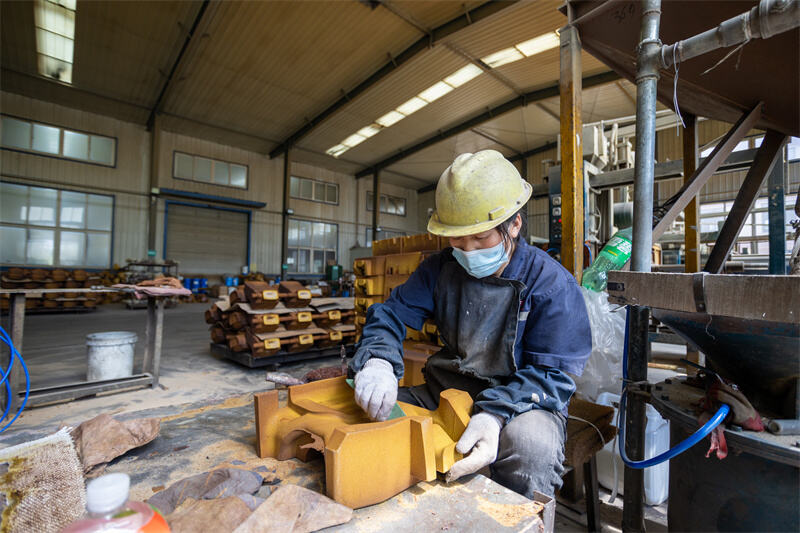Why Exhaust Manifold Production Takes Longer in China – Insights from Dandong Pengxin Machinery
With over 12 years of experience in casting gray iron, ductile iron, vermicular graphite iron, and aluminum, our Dandong Pengxin Machinery specializes in producing 70+ types of intake and exhaust manifolds. Many customers face delays in exhaust manifold deliveries, and as an experienced manufacturer, we want to clarify the key factors behind these lead times—helping investors make informed decisions before placing orders in China.
1. Time-Consuming Drawing Preparation
Many investors only have physical samples of exhaust manifolds but lack technical drawings—a challenge requiring professional expertise. However, we offer a solution:
Customers simply send us their manifold samples, and our team handles the rest.
Using 3D scanners and skilled drafting engineers, we create 2D & 3D drawings (typically 7–10 days due to complex geometries).
Once drawings are approved, we proceed with tooling production.

2. Extended Pattern and Sample Development
A. Pattern Manufacturing
If 3D drawings are provided, our engineers convert them into mold designs.
Unlike standard castings (requiring 1 set of patterns in 20–30 days), exhaust manifolds often need 3–5 sets, extending production to 35–40 days (or 25–30 days for simpler designs).
B. Sand Molding Challenges
Each molding machine can only use one pattern set at a time, limiting parallel production.
If machines are occupied with other orders, scheduling becomes difficult, further delaying sand mold creation.
C. Sample Inspection & Adjustments
After casting, samples undergo dimensional checks for shrinkage, trachoma, and defects.
If issues arise, patterns are modified, and the process repeats until resolved.
Fixture verification is also required—while pre-designed fixtures save time, complex shapes may need post-sample adjustments.
A factory with extensive manifold experience can optimize gating design and defect prevention, but lead times remain longer than standard castings.

3. Delays in Initial Orders & Batch Production
Early production runs often reveal casting defects, requiring pattern adjustments and process refinements.
Vermicular/ductile iron manifolds have large internal cavities made from sand cores, which can trap air, leading to venting defects—requiring additional troubleshooting.
Production bottlenecks: Each manifold occupies 2–3 molding machines, straining capacity.
Our Solutions for Faster Delivery:
✔ 16 molding machines allow flexible scheduling.
✔ Partner foundries assist with sand core production for urgent orders.


Conclusion
While exhaust manifold production inherently involves longer lead times due to complex patterns, sand molding constraints, and quality refinements, our experience and resources help minimize delays. For investors, understanding these factors ensures realistic timelines and smoother collaborations in China.
Interested in partnering? Contact us to discuss your project’s specific requirements.

 Hot News
Hot News2026-01-08
2026-01-03
2026-01-01
2025-12-25
2025-12-21
2025-12-19